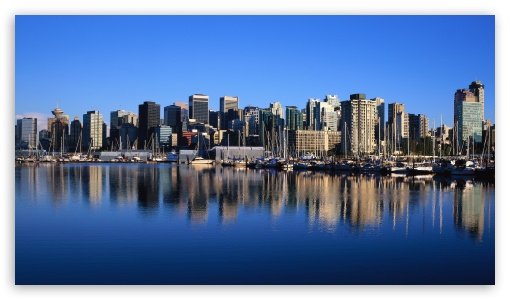For the spatial analysis I used the non-boolean standardization and weighted linear combination to create an analysis of ideal locations for the construction of new hotels in the GVRD. Six factors were used along with one constraint. These include:
- Landuse
- Proximity to water (closer = better)
- Proximity to commercial districts (closer = better)
- Proximity to roads (closer = better)
- Proximity to Industrial land (further = better)
- Slope (less slope = better)
- Cannot be built on water (Constraint)
These factors were then weighted into a pairwise comparison matrix as shown in the table below, which gave the following weights. The most important factor is the proximity to commercial districts because that is what visitors look for most in a hotel. The least important factors were proximity to roads and slope. This being that the GVRD has a massive road network as well as a fairly low lying slope; however, slope needed to be included in order to exclude areas such as burnaby mountain.
| Landuse | Water | Road | Comm. | Industrial | Slope | |
| Landuse | 1 | |||||
| Water | 1 | 1 | ||||
| Road | 1/3 | 1/3 | 1 | |||
| Comm. | 5 | 1 | 3 | 1 | ||
| Industrial | 1 | 1 | 1 | 1 | 1 | |
| Slope | 1/3 | 1/3 | 1/3 | 1/3 | 1/3 | 1 |
Landuse weight: 0.1649
Water Weight: 0.2021
Road Weight: 0.1022
Commercial Weight: 0.3032
Industrial Weight: 0.1707
Slope Weight
: 0.0569
These weights were used using the NO OWA option to create an image representing suitable areas for the construction of new hotels; however, this image is represented using a continuous scale with a range from 0 to 255 (255 being the most suitable). Using the RECLASS module I categorized the image results into 4 classifications of suitability:
- 0-51 = 0 Unsuitable
- 51-102 = 1 Low Suitability
- 102-153 = 2 Medium Suitability
- 153-204 = 3 High Suitability
- 204-255 = 4 Excellent Suitability
 Spatial Analysis
Spatial Analysis